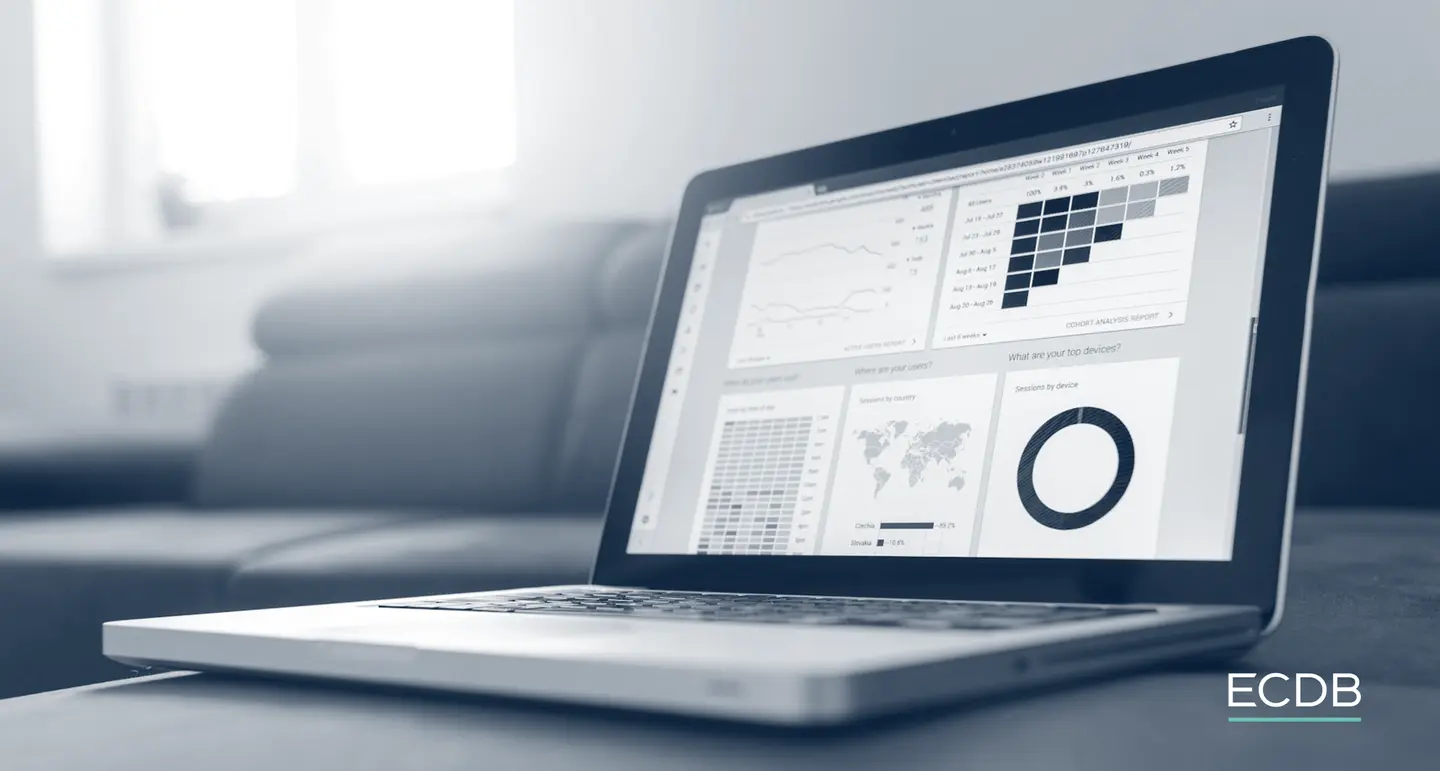Invoice (Payment)
Invoice Payments: Meaning, Process & Benefits
Invoice payments settle bills from vendors for goods/services. Learn about invoice payments, how to generate them, and their benefits for businesses.
When it comes to retail transactions, invoice payments play an important role in streamlining financial operations.
This article delves into the essentials of invoice payments by explaining what they are, the steps of generating invoices, and their benefits and associated risks.
What is Invoice Payment?
Invoice payments are the transactions initiated by businesses to settle bills received from vendors for goods and services purchased. This process is essential for both sending invoices to clients and paying invoices for the products and supplies necessary to operate.
This written declaration outlines the specifics of the purchase, including items, quantity, and price. Invoices hold legal weight, creating a binding agreement that obliges the customer to pay. They also set payment terms, including due dates and penalties for late payments, making them a vital tool for formal actions in case of payment issues.
Maintaining an organized invoice payment system is crucial for small businesses, simplifying accounting tasks. Timely payment of invoices is vital to avoid late fees and to help positive vendor relationships, contributing to smooth business operations.
Steps of Invoice Payment Process
The invoice payment process typically involves several steps, from generating an invoice to receiving and recording the payment. Here are the key steps in the invoice payment process:
- Invoice Generation: Create an invoice that includes details such as your business information, the client's information, invoice number, date, a breakdown of products or services provided, quantities, prices, and the total amount due.
- Payment Terms and Instructions: Specify the payment terms, including the due date, accepted payment methods (e.g., bank transfer, credit card, PayPal), and any overdue payment fees or early payment discounts. Add clear payment instructions, such as bank account details or a payment link, based on the chosen payment method.
- Invoice Delivery: Choose how to deliver the invoice to the client, whether through email (as a PDF or a link to an online invoice), postal mail (for physical invoices), or an online invoicing platform.
- Invoice Submission: Send the invoice to the client by the chosen delivery method. Confirm receipt on their end if possible.
- Payment Monitoring: Monitor incoming payments by regularly checking your bank account, payment notifications, or payment portal. Some invoicing software can automatically update invoice statuses when payments are received.
- Acknowledgment of Payment: Once you receive the payment, acknowledge it promptly. Send a payment receipt to the client as proof of payment received.
- Record Transactions: Record the payment in your accounting system or financial records, ensuring accurate record-keeping for tax and financial reporting purposes.
- Follow-Up: If it happens that the payment is overdue or if there are any payment issues, send reminders or follow-up emails to the client. Be prepared to address any questions or concerns.
- Archiving and Retention: Archive and retain copies of invoices, receipts, and payment records for your business's financial records and potential audits. By following these steps, you can streamline the invoice payment process, maintain strong financial records, and ensure a smooth and professional transaction experience for both you and your clients.
What Are the Benefits of Invoice Payments?
Benefits of invoice payments include:
- Structure: It provides a structured system for managing credit transactions.
- Timely payments: Businesses can extend credit terms to clients while ensuring timely payments.
- Cash flow management: It allows businesses to track and manage the cash flow effectively because it anticipates when funds will be received, aiding in financial planning.
- Documentation: Invoices also help as an opportunity for documentation of financial and tax topics by providing a clear record of transactions, making accounting and audits more straightforward.
What Are the Risks of Invoice Payments?
Invoices come associated with some risks, such as:
- Late Payments: Delays in invoice payments can lead to cash flow issues for businesses, impacting on their ability to cover expenses and growth.
- Administrative Overhead: Managing invoices, tracking payments, and following up on overdue accounts can be an administrative hassle and time-consuming.
- Risk of Non-Payment: There is a risk that some clients may not honor their invoices, resulting in financial losses for the business.
- Cost of Credit: When offering credit terms, businesses may incur interest costs if they need to finance their operations while waiting for payment.
- Collection Challenges: Collecting overdue payments can be challenging and may require additional resources or legal action.
Invoice Payments: Key Takeaways
- Invoices serve as legally binding documents that outline purchase specifics and payment terms, including due dates and penalties for late payments.
- Invoice payments are crucial transactions for businesses, involving both sending invoices to clients and settling bills from vendors.
- Invoice payments provide structured credit management, help to keep track of the cash flow, and simplifies financial documentation for accounting and audits.
- However, challenges like overdue payments, administrative overhead, non-payment risk, and collection difficulties can arise.
Glossary entries with I
Back to





